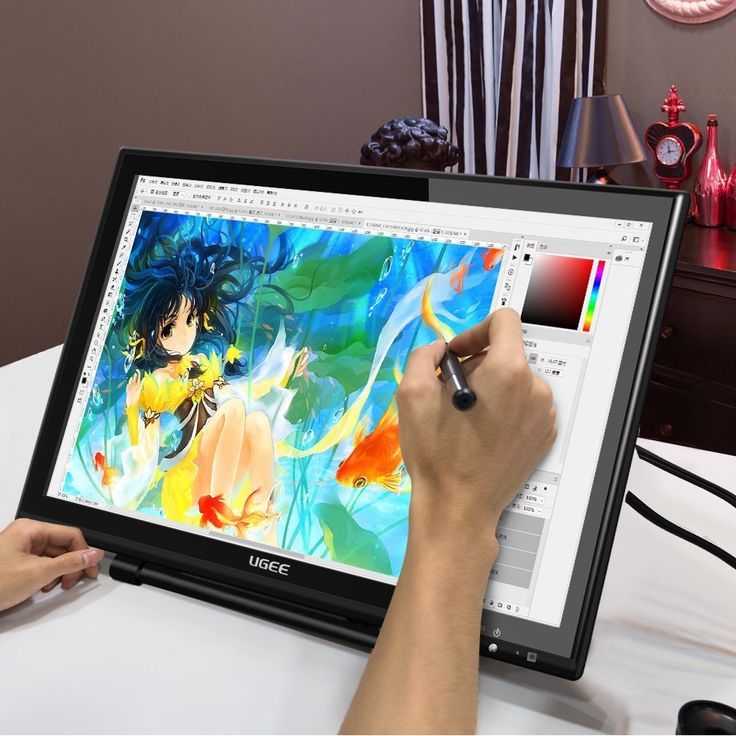
Notebook vs. Tablet: Which is Best for Digital Artists?
When it comes to digital art, having the right tools is crucial for unleashing creativity and achieving professional-level results. While traditional mediums like pencils and paints will always have their places in the art world, many artists have embraced the digital revolution.
Understanding the Needs of Digital Artists
Digital artists require devices that offer precision, flexibility, and powerful software capabilities. While both notebooks and tablets have their own advantages, let’s dive into the various aspects and compare them to see which one might be the ideal choice for digital artists.
Stylus Support and Pen Pressure Sensitivity
One of the most critical factors for digital artists is the stylus support and pen pressure sensitivity of a device. Notebooks, also known as laptops, often come with built-in touchscreens and support for high-quality styluses, offering a similar experience to drawing on paper. However, not all notebooks provide the required level of pen pressure sensitivity that digital artists crave.
On the other hand, tablets are designed with stylus support as their primary focus. Tablets often come with more advanced pen pressure sensitivity, providing artists with a highly responsive and accurate drawing experience.
Portability and Mobility
For artists who are constantly on the move or prefer working in different locations, the portability and mobility of a device are essential considerations. Tablets are generally more portable due to their compact size and lightweight nature. Artists can easily slip them into their bags and work on their creations wherever inspiration strikes.
Notebooks, while typically larger and heavier than tablets, offer additional benefits in terms of processing power and storage capabilities. This is particularly useful for artists who require resource-intensive software or larger file sizes and are willing to sacrifice a bit of portability for enhanced performance.
Software Compatibility and Functionality
Another significant aspect for digital artists is the availability and compatibility of software. Notebooks, being traditional computers, provide access to a wide range of professional software options, including advanced editing programs and industry-standard graphic design tools. The flexibility of notebooks allows artists to utilize a diverse array of software and customize their setups to suit their specific needs.
Tablets, on the other hand, often rely on app stores for software and have a more limited selection of professional applications. Although tablet apps are improving rapidly, they may not yet match the full functionality and variety found on notebooks. However, simpler interfaces and touch-friendly applications make tablets an intuitive choice, especially for beginners or artists who prefer a more streamlined approach.
Screen Size and Display Quality
The size and quality of the display are essential factors to consider when selecting a device for digital art. Notebooks typically have larger screens, which can provide a more immersive drawing experience. The increased screen real estate allows for more precision and accuracy, particularly when working on intricate details or larger canvases.
Tablets, though smaller, often compensate for their size by offering superior display quality. Many tablets now come with high-resolution screens, exceptional color accuracy, and vibrant visuals. These features make tablets an excellent choice for artists who prioritize display quality, as they can showcase artwork with stunning clarity and detail.
Conclusion
Ultimately, choosing between a notebook and a tablet comes down to personal preference and specific requirements. Digital artists who value portability, responsiveness, and a touch-focused experience may find tablets more suitable for their needs. On the other hand, artists in need of enhanced processing power, software compatibility, and larger screens might lean towards notebooks as their device of choice.
Thankfully, both notebooks and tablets are continually evolving, with manufacturers striving to meet the demands of artists’ digital needs. Whichever device artists ultimately choose, it is the creativity, passion, and skill that truly bring their artwork to life.

